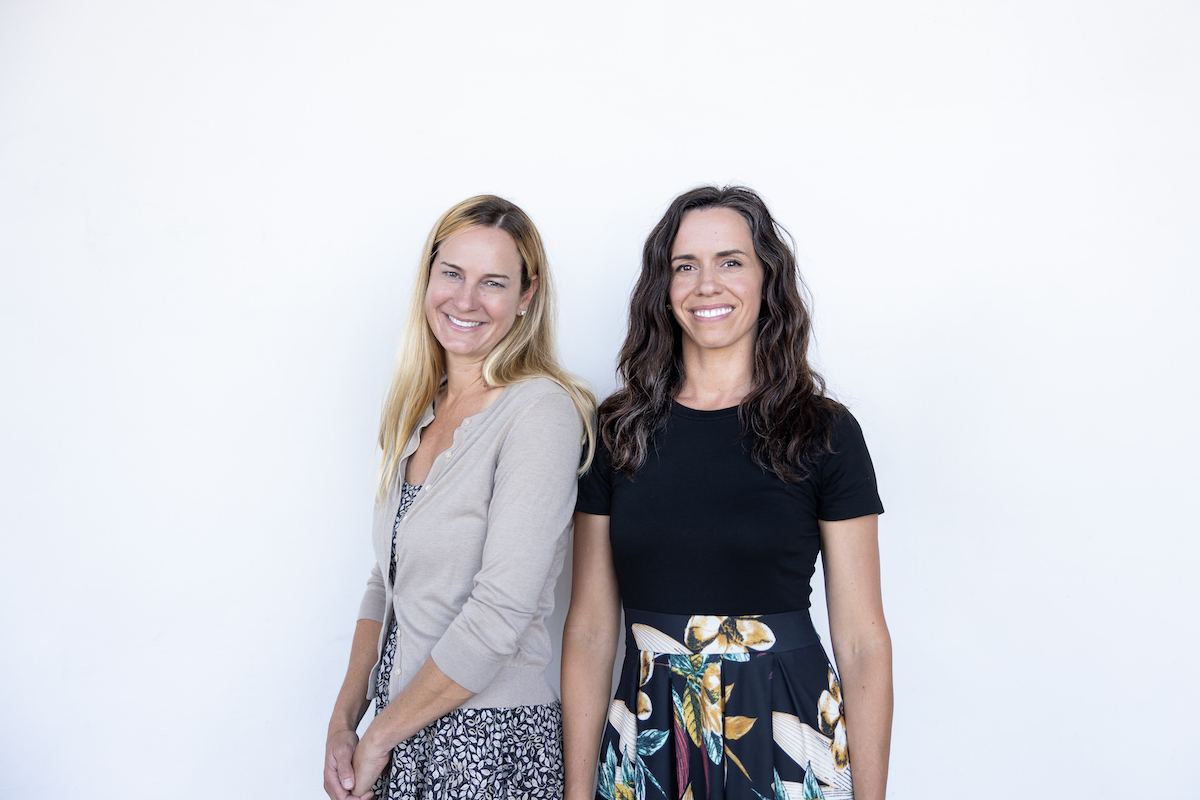TechWise SB Tackles Excessive Screen Time
Santa Barbara Doctors, Parents, and Educators Help Kids Create Healthier Relationships with Technology

Kristen Hughes, a pediatrician, and Kymberly Ozbirn, a school psychologist, are neighbors and moms. It wasn’t long ago they realized their regular conversations kept returning to the same topic ― screen time.
Hughes was noticing the effects of excessive device use in her young patients at the Santa Barbara County Public Health Department, including the tell-tale signs of anxiety, depression, obesity, and feelings of isolation. “It really seems to be disrupting the normal process of their development,” she said.
Ozbirn was observing it during breaks in the school day, when junior high students would hunch over their phones and watch YouTube instead of playing sports, or communicate via Snapchat rather than talking face-to-face. “The phones are the center of their world,” she said.
Many of these red flags were present even before Covid, when the device-dependent necessities of remote learning took an already worrying trend and sent it skyrocketing. According to the CDC, 8- to 10-year-olds now spend an average of six hours a day in front of a screen. For 11- to 14-year-olds, it’s nine hours a day. “We have not returned to baseline,” Ozbirn explained.
“I saw it personally happen in my own household,” Hughes said. “My son went remote at the end of his kindergarten year, and I saw a remarkable transformation, not for the better, in his behavior.”
“I was like, ‘Wow there is something really, really going on here,’” she continued. “And since then, I’ve been working hard to understand what that something really is.”
Last year, Hughes, Ozbirn, and another school psychologist and fellow mom, Melissa Quigley, formed TechWise SB to educate themselves, the public, and the Santa Barbara Unified School District (SBUSD) about these issues.
The group, now with a few hundred members, worked with the District to reign in home iPad use among younger students and successfully lobbied for more parental control over what apps and programs kids are accessing, and for how long. The American Academy of Pediatrics even lent its support to their efforts.
“I think SBUSD is really invested in figuring out how to make educational technology safe and helpful for children,” said Ozbirn. “This is a complicated topic and it’s difficult to figure out what should be done and how to make it happen.” There is no “best practice” model to follow yet, Ozbirn emphasized. “We are all just doing our best ― parents and educators alike.”
To that end, TechWise sends out regular newsletters to its followers chock-full of information, research, and resources, in addition to its members serving on the District’s newly-formed Tech Use Committee, which recently launched an online safety hub and a new app, Qustodio, that will allow parents to better monitor screen time and set stricter limits.
Outside the school setting, TechWise has also come up with a handy acronym ― STEP ― to help parents keep tabs on device use and temper its effects with other activities:
S: Screen-Free Spaces. Go screen-free for meals and in bedrooms.
T: Time Limits. Less than two hours per day on screens.
E: Exercise. Be active every day, preferably outside.
P: Personal Relationships. Prioritize in-person friendships.
In addition, after reading a number of books on the subject, Hughes recommended two in particular ― How to Break Up with Your Phone by Catherine Price, and Dopamine Nation by Anna Lembke. Common Sense Media is a great source of entertainment and technology recommendations for families as well, she said.



